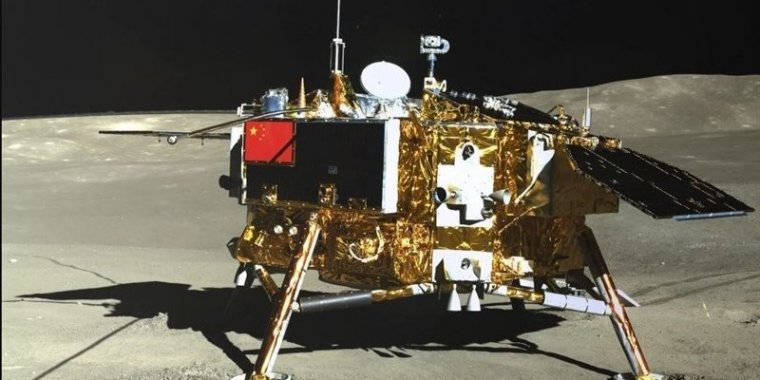| News / Space News |
China to Send Probe to Get Samples From Moon
China is preparing to launch a lunar probe that would land on the far side of the moon and return with samples that could provide insights into geological and other differences between the less-explored region and the better-known near side.

China to Send Probe to Get Samples From Moon. Image credit: tasnimnews.com
The unprecedented mission would be the latest advance in the increasingly sophisticated and ambitious space exploration program that is now competing with the US, still the leader in space. China already landed a rover on the moon’s far side in 2019, the first country to do so.
Free from exposure to Earth and other interference, the moon’s somewhat mysterious far side is ideal for radio astronomy and other scientific work. Because the far side never faces Earth, a relay satellite is a needed to maintain communications.
The Chang’e lunar exploration probe is named after the Chinese mythical moon goddess.
The probe is being carried on a Long March-5 YB rocket set for liftoff Friday evening from the Wenchang launch center on the southern tropical island province of Hainan, the China National Space Administration announced.
China in 2020 returned samples from the moon’s near side, the first time anyone has done so since the US Apollo program that ended in the 1970s. Analysis of the samples found they contained water in tiny beads embedded in lunar dirt.
Also in the past week, three Chinese astronauts returned home from a six-month mission on the country’s orbiting space station after the arrival of its replacement crew. (Tasnim News Agency)
YOU MAY ALSO LIKE





